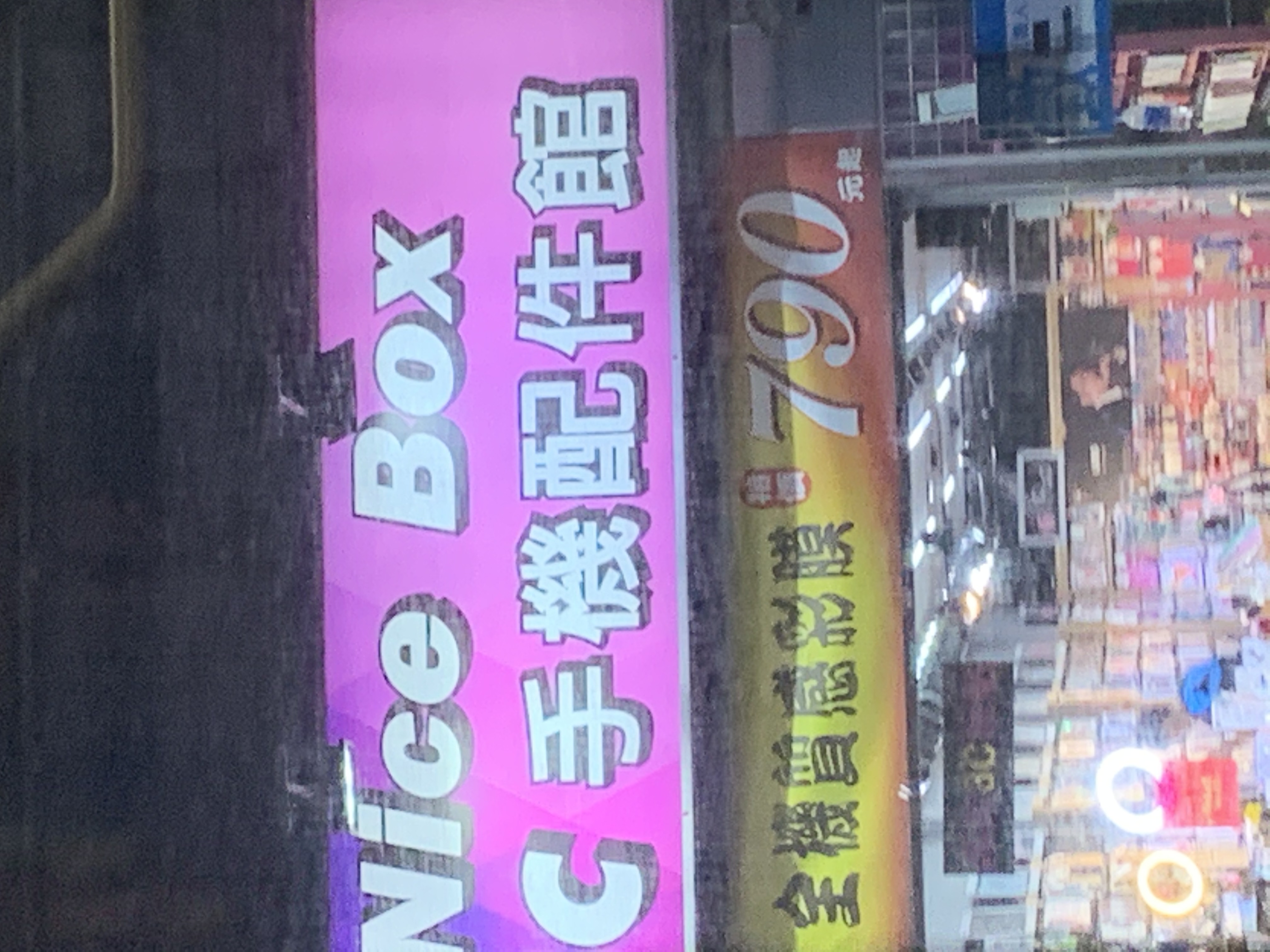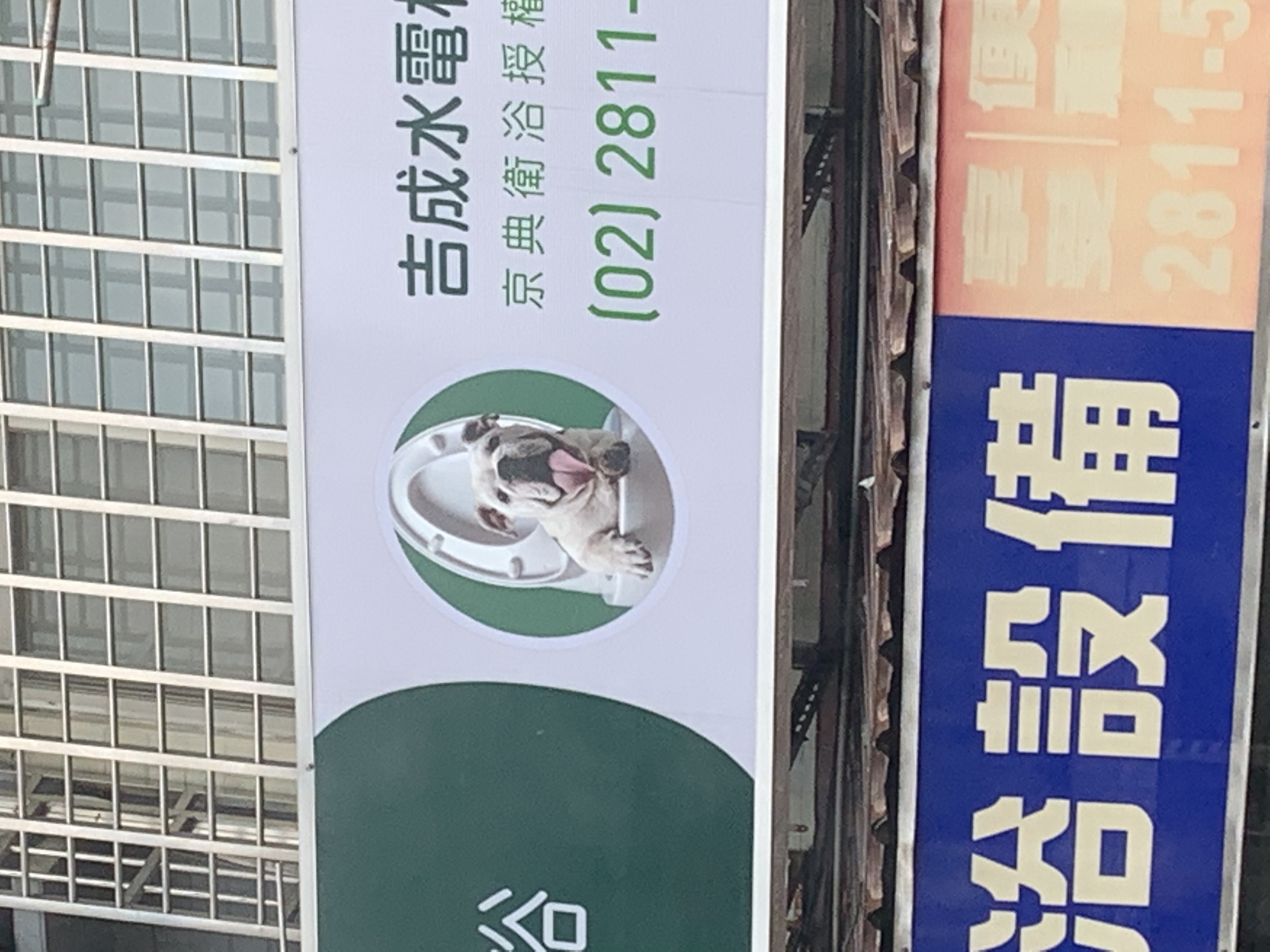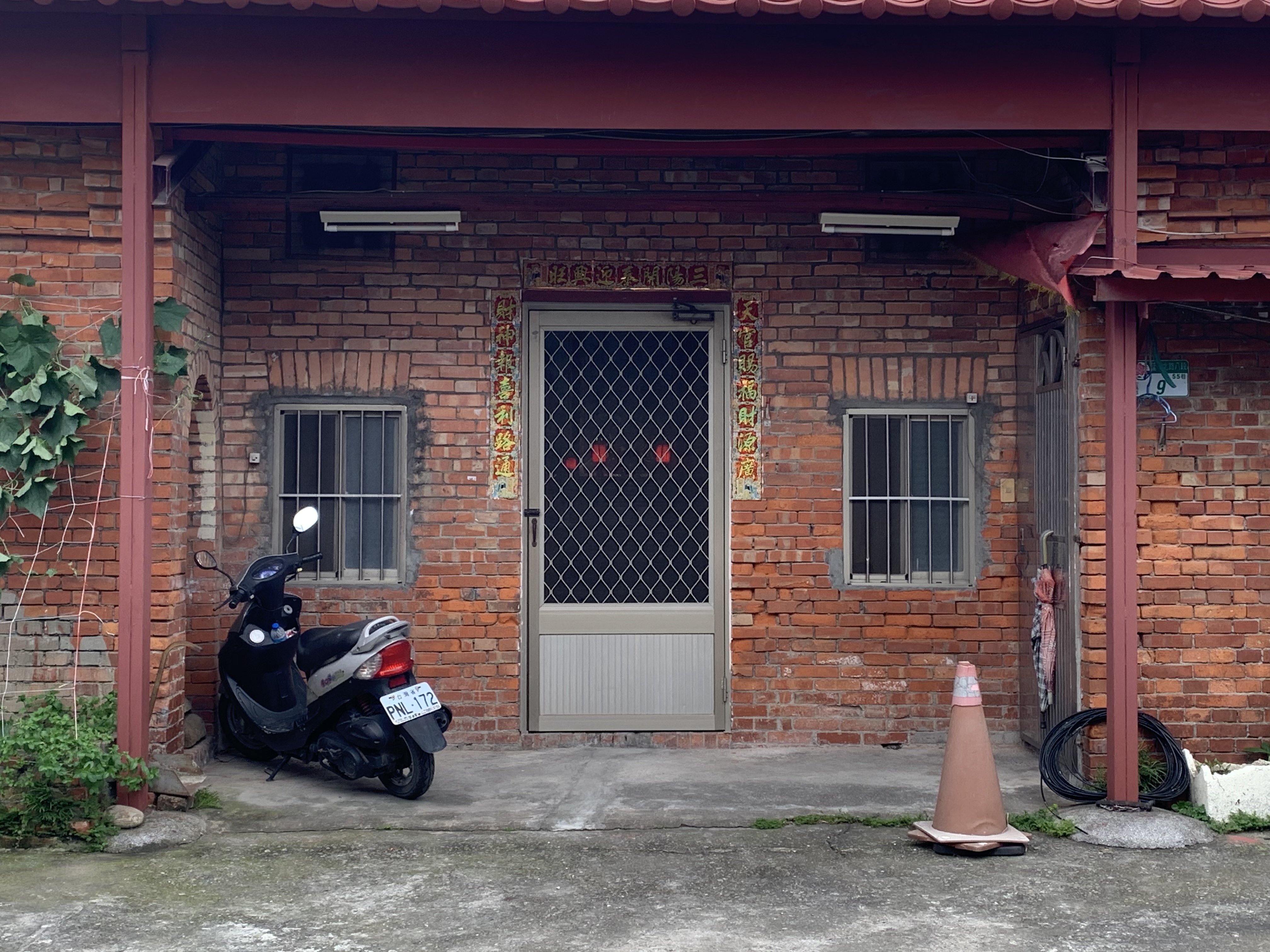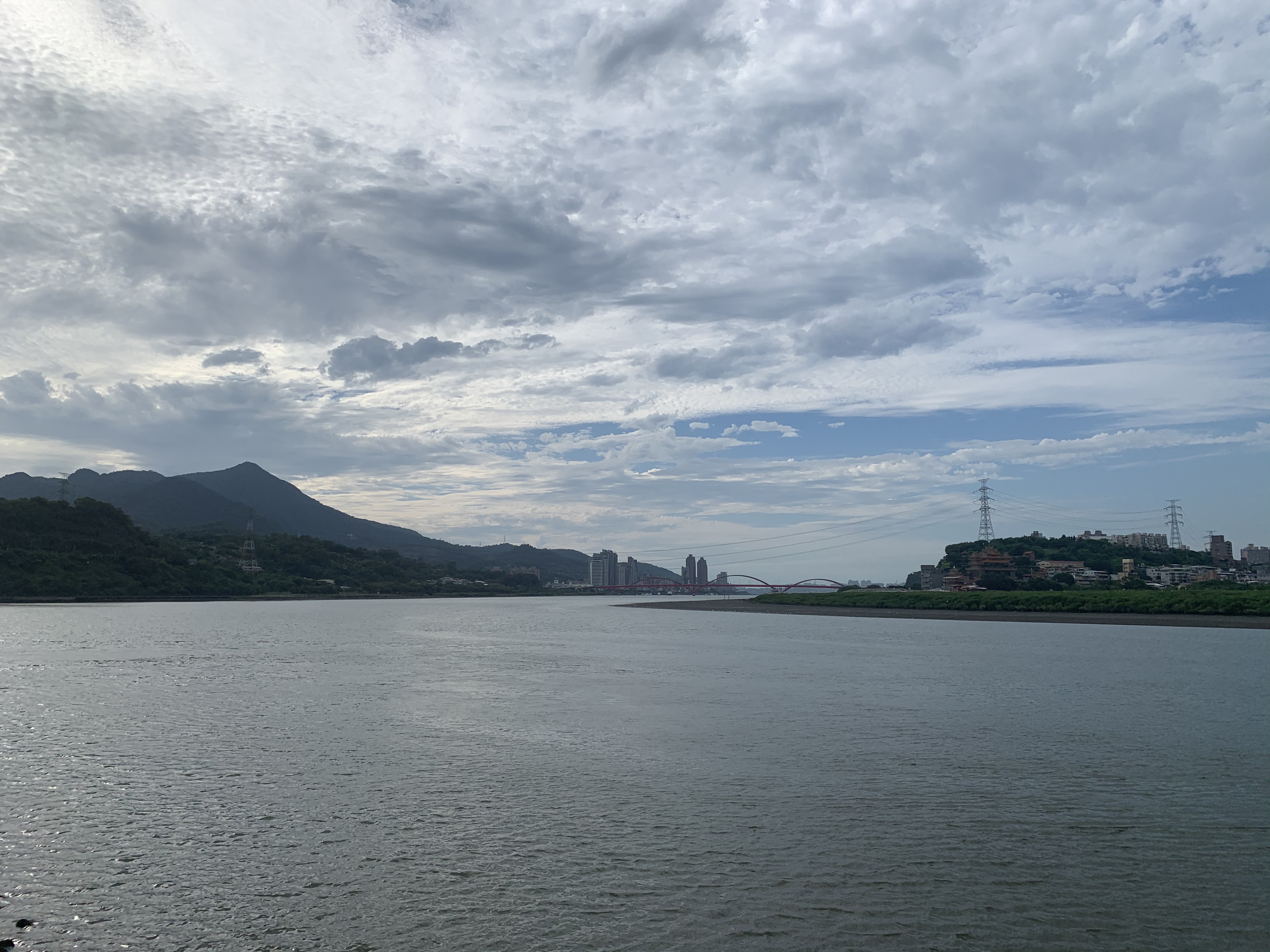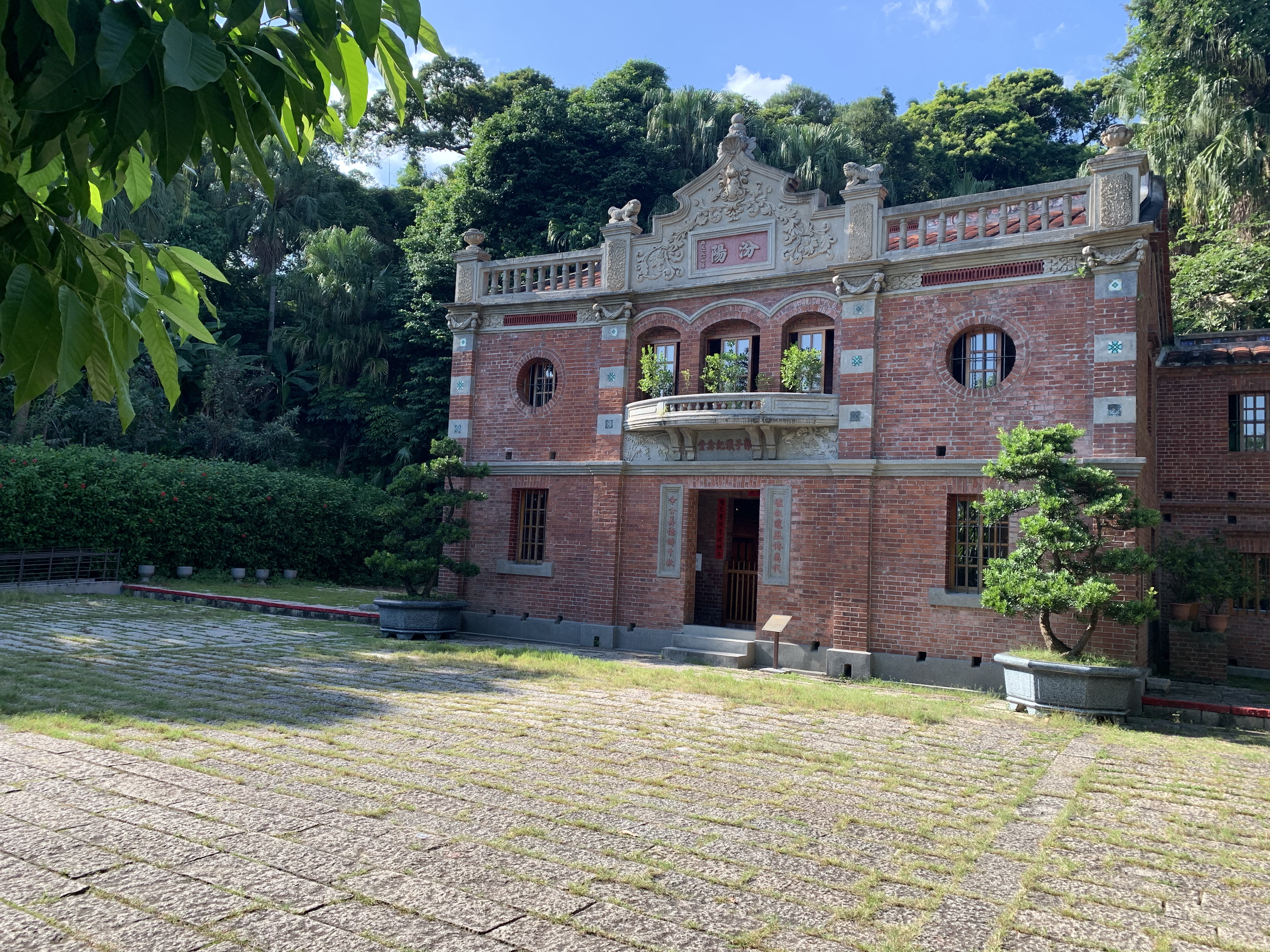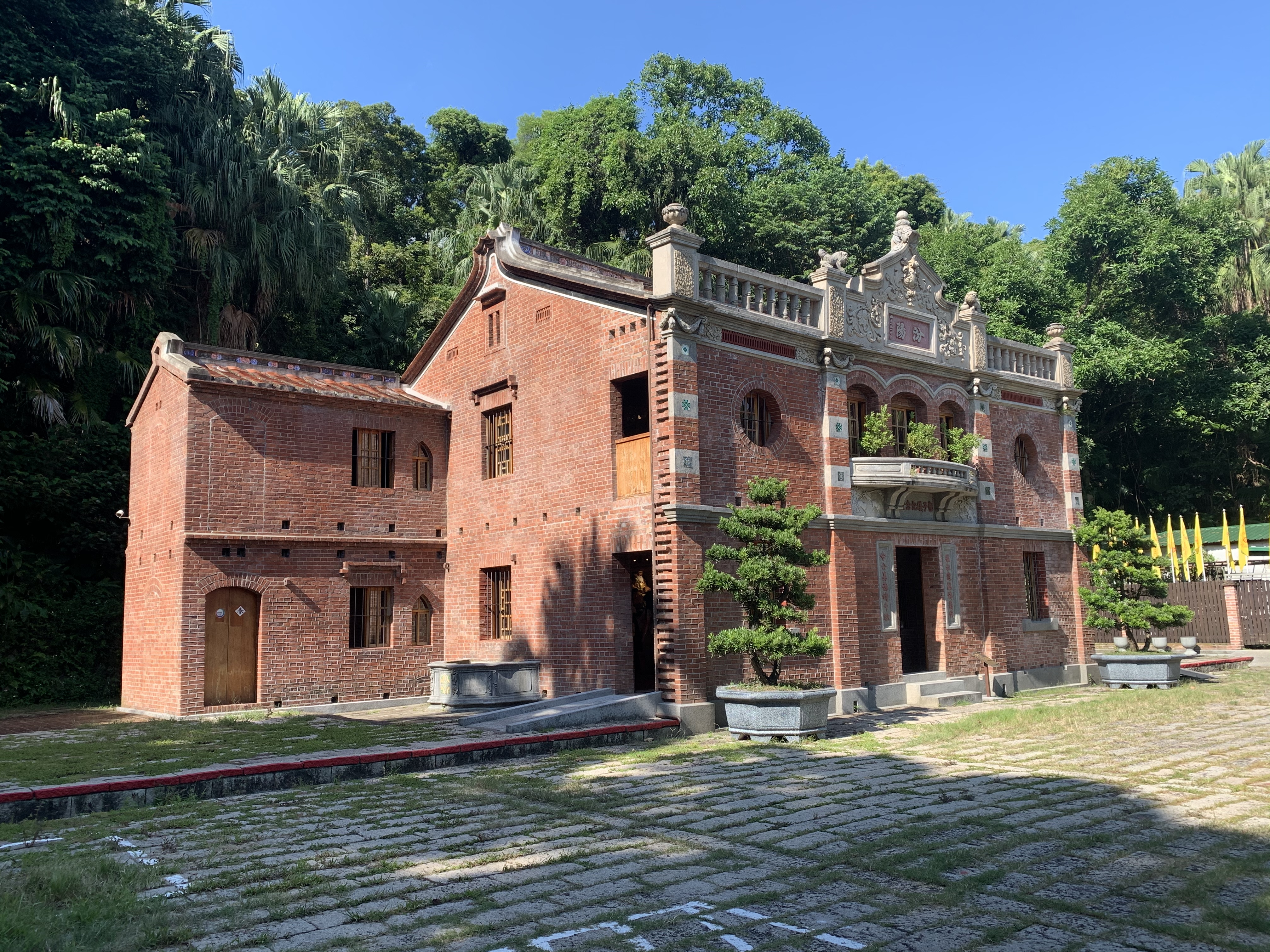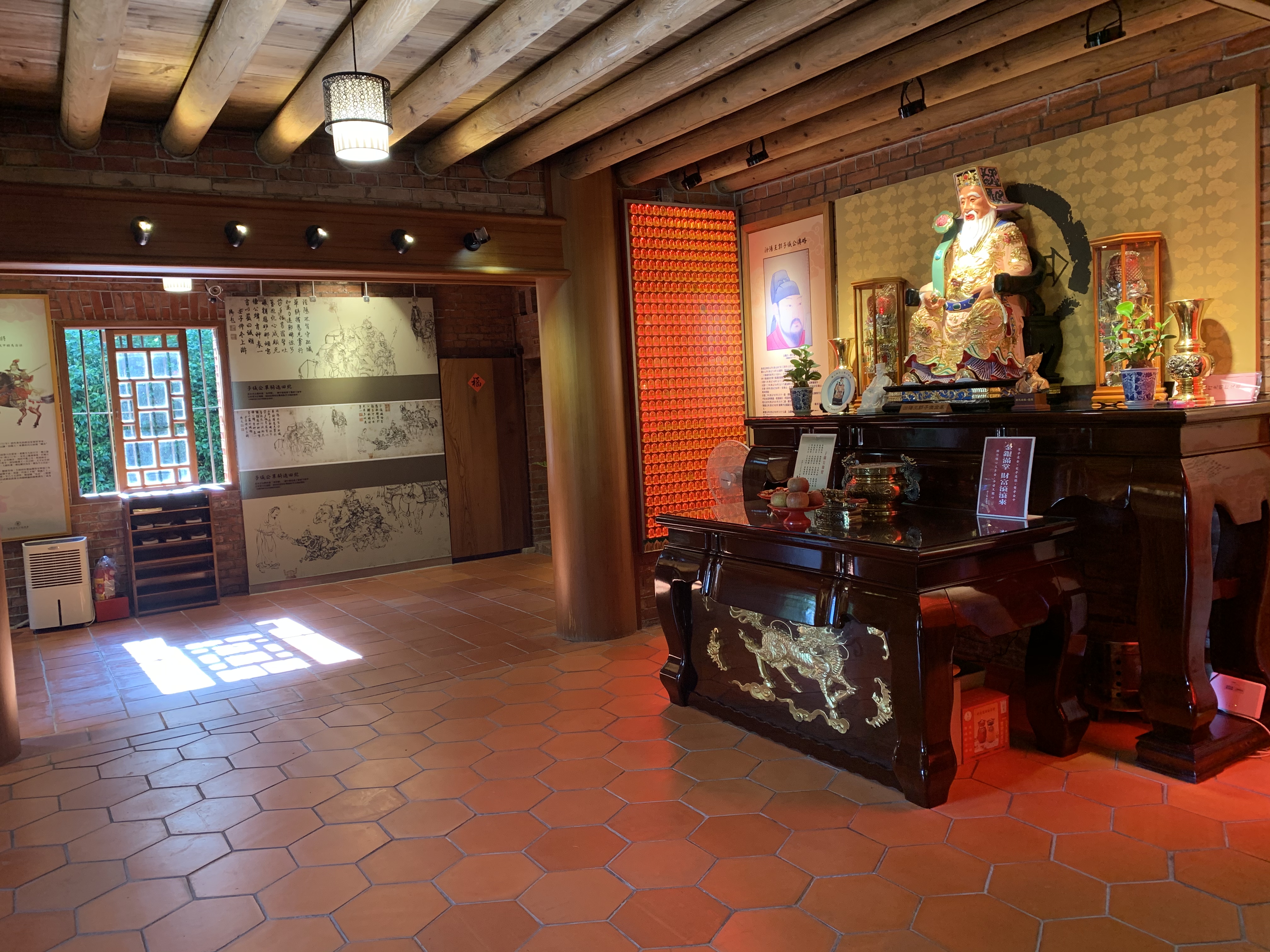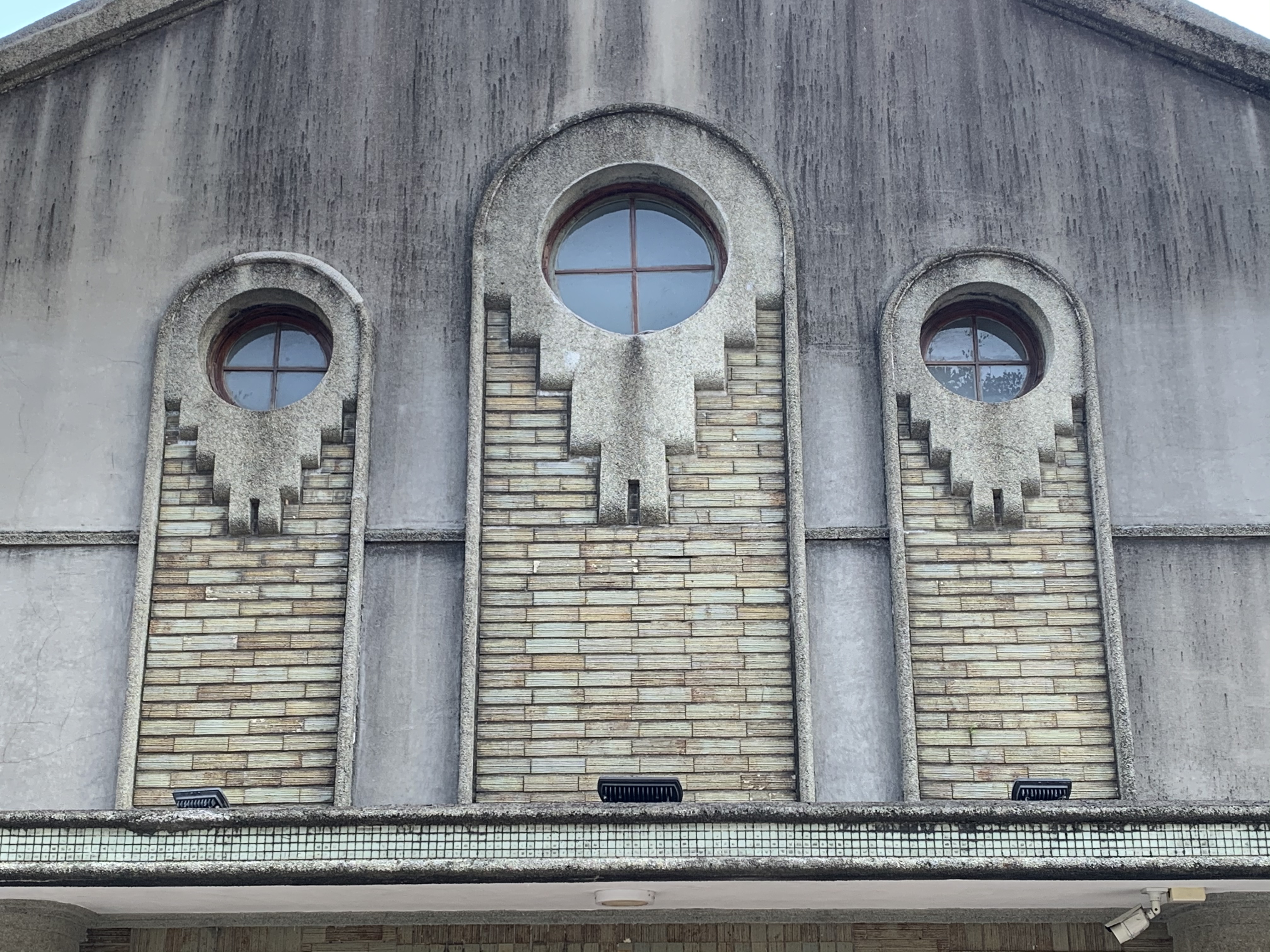
The Li Hexing Mansion on Shezi Island
I've been on Shezi (which is really a peninsula) twice, but never wrote about it as both times I was either pushing to get my dissertation proposal or actual dissertation handed in. So, now's the time!
I'm no expert on Shezi history or anything like that, so this is more of a wanderer's blog than a deep dive, in the hope of showing that Shezi is more interesting than just its scenic bike path (though that is great, too). So far, it seems most explorations of Shezi begin and end at its periphery, which includes the scenic park at the very tip. That's certainly worth a visit, but I have more to say.
There are several buses to Shezi, though none of them run particularly frequently. The 2, 215, 536 and R10 will take you up there, from various yellow or red line MRT stations. These buses originate at or pass by Yuanshan, Taipei Main, the Jiancheng circle on the Chongqing stop near Zhongshan, Jiantan and Daqiaotou, for example. The R7 from Jiantan will also get you in the general area of some of the old buildings and a good cafe popular with cyclists.
Quick bit of advice: wear or bring mosquito repellent if you're heading up here. The entire area is lowland and between two rivers, with rural or light industrial stretches. You will get bitten if you don't prepare, and cases of dengue fever are rare but not unknown.
The most efficient taxi ride would probably be from Qili'an or Qiyan stations further north as you'll ultimately be heading to Yanping North Road Sections 8 and 9. The peninsula is huge -- far larger than one would imagine for what is often considered a remote area of Taipei -- with its base somewhere around the Yanping-Dunhuang Road intersection and its tip so far north that you can see Guandu in the distance, with Yangming Mountain on one side and Guanyin Mountain on the other. Needless to say, the bus takes awhile.
Here's a photo I snapped along the way:

Before heading up, I do suggest stopping off at the Chen Yueji Ancestral Mansion (陳悅記祖宅) at #231, Yanping Road Section 4. Most of the buses coming up from the south will stop by there (but probably not the ones that originate at Jiantan). It was built in 1807 and renovated in 1859, when one of the members of the Chen family became an imperial officer, had a great deal to do with arts and education in the Dalongdong area, and was the master of the Xuehai Academy (another old building in Wanhua that's worth a visit).
After that, it's a long slog up Yanping Road, although you will pass some funky old houses from a variety of eras, several weird store signs and a Statue of Liberty that I haven't quite figured out the purpose of yet. Yanping skirts the river for awhile before turning inland.
If you're on the bus, get off first at Jian'an New Village (健安新村). On bike that's Lane 157, Yanping North Road Section 8. From the bus stop turn into the aforementioned lane (heading south, so north if you're coming from the bike path). What you're looking for is a house somewhere in the vicinity of #s 11, 15 and 19, Lane 133, Yanping North Road Section 8 (延平北路八段133巷19號) which involves turning left into Lane 133 if coming from the bus stop, which is a right if coming north from the bike path - Google Maps says this is Alley 6 but I'm not sure if that's accurate.
Down one of the dead-ends along this lane, you'll see an old two-story brick house. This is the Li Family Mansion, which one descendant of the sprawling Li family (the Li Hexing branch) on Shezi still takes care of. Nobody from this particular set of Li descendants was around when we came by, so we couldn't ask to see the inside. Another Li family member lives nearby; though he's not authorized to let you in the house, he did invite us into his home.
Mr. Li told us that much of the island, or at least the part of it with these old houses, is inhabited by various branches of the Li family, who settled here in the Qing dynasty to take advantage of the farming opportunities in these low wetlands. That said, he also complained about the frequent flooding, and noted that the government hadn't done much about it, telling stories about his younger years when, during floods, his family would gather in the upper loft of the house as the ground level flooded. Once, he said, the water actually made it to the upper loft and they had to break a hole in the ceiling to stand on the roof until the water subsided. From the Formosa News link a few paragraphs down, it seems likely that this was the massive Typhoon Gloria in 1963.
More information is provided by a helpful Chinese-language blog, which names other prominent families on Shezi, including the Wang and Hsieh families, and notes that the name Shezi actually has indigenous roots: a branch of the Ketagalan tribe had lived here at one point, and called it "Shezai", which later became "Shezi".
According to that blog, Shezi indeed used to be an island, which gives us an origin story for its odd name: it's called 'Shezi Island" but it's a peninsula). Apparently, an earthquake in the 18th century caused a sandbar to come up, resulting in a spit of reclaimed land that connected Shezi to what is now Dalongdong (in Datong district). That was also about the time Han settlers began inhabiting it, often moving in from nearby Luzhou or the area between Danshui and Jinshan.
The sandbar was still somewhat cut off from Dalongdong by a waterway until 1975, when the Chongqing Road Intersection filled it in.
Showing just how integrated the history of this area of northern Taipei is, there are two interesting related trips you can take: to one side of Shezi, the F108 bus from Danshui will take you to the Li Yanlou ancestral shrine (Li Yanlou was one of the original Li family members to migrate to Shezi). On the opposite side of Shezi, the Li Family Ancestral Mansion in Luzhou (which I swear I will blog about someday; I did go, and never wrote about it). Li Yanlou's actual house can be found at #2 Yanping North Road Section 7 Lane 63 Alley 12 (延平北路七段63巷12弄2號), near the Fu'an Village bus stop.
The Chinese-language blog linked above offers lots of other photos of old houses on Shezi, many of which we also managed to find. Addresses are included, or you can refer to this list of historic Shezi buildings. Some are clearly Qing era, others have a strong Japanese influence notable from their use of wood. Some sections of Yanping Road Section 8 also include some interesting post-war/mid-century architecture, though there's nothing that you can't see in other parts of Taipei.
I'll include pictures below, but my recommendation is to bring along these addresses for reference, and stop by the ones that are convenient on your wanderings. Li Hexing's mansion is the real must-see if you stop by this area.
Being a tight-knit, difficult-to-reach part of Taipei that feels isolated from the city despite its centrality, you can probably imagine that there is also a tightly-knit political scene here too. Local political figures I've never heard of play up Shezi community spirit and generally run on platforms of getting Taipei city to pay more attention (and shower more funding) on the area. This generic legislative candidate poster comes with a less formal notice of a community meeting to discuss local issues.
It's a bit of a difficult situation. Many Shezi residents want development, and it's quite fair to be angry over a lack of investment in things like safe building, flood safety and drainage. But some residents want more, citing the"tall buildings" in the rest of Taipei, but not Shezi, and the broken promises of a series of Taipei mayors who say they want to develop it (Hau Lung-pin wanted to turn it into "Taipei's Manhattan" and successive mayors have touted that line, which led to failed mayoral candidate Sean Lien (princeling son of absolute cheesemold Lien Chan) apparently calling it an "island" when it's a peninsula, demonstrating his lack of knowledge about basic Taipei geography. Ko Wen-je has also picked up the issue with the "Shezi Development Project" (no good sources in English, sorry), which appears to be ill-defined and controversial.
Some say that in order to force the issue, some landowners salted land previously zoned as agricultural in order to make farming impossible, though this report notes that the widening of the Danshui river at Guandu, undertaken after the 1963 typhoon to prevent that kind of flooding from happening again, has also let seawater flow downriver, causing a decrease in arability. The latter is certainly true, but the former is still quite possible.
But the fact remains that Shezi is a partial sandbar in a flood plain, period. I'm no urban planner, but my best guess is that it's unlikely to ever be safe to turn Shezi into a concrete jungle. Instead of planning and carrying out a sustainable investment and development plan that suits the geographical limitations of the peninsula, a succession of mayors have made insane promises of a 'Manhattan' that they know they can't deliver, and now it's hard to scale back expectations.
The area surely deserves more investment, but I'm not sure that some residents' higher-reaching skyscraper dreams could ever feasibly come true. It's hard to say whether some sort of compromise can be reached that involves sufficient infrastructure funding and loosened restrictions on, say, rebuilding decrepit buildings but that doesn't dangerously overdevelop a flood-prone area.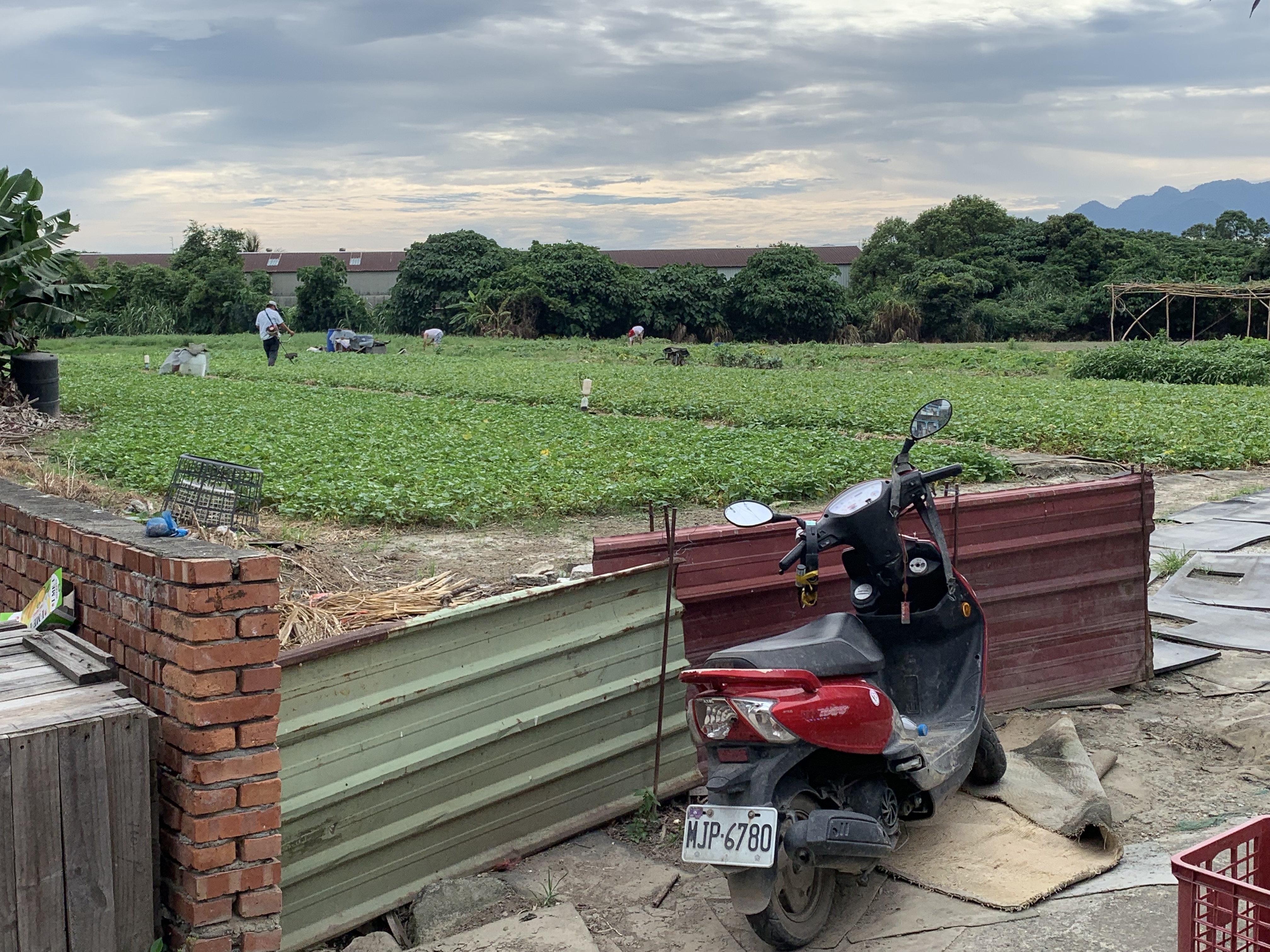

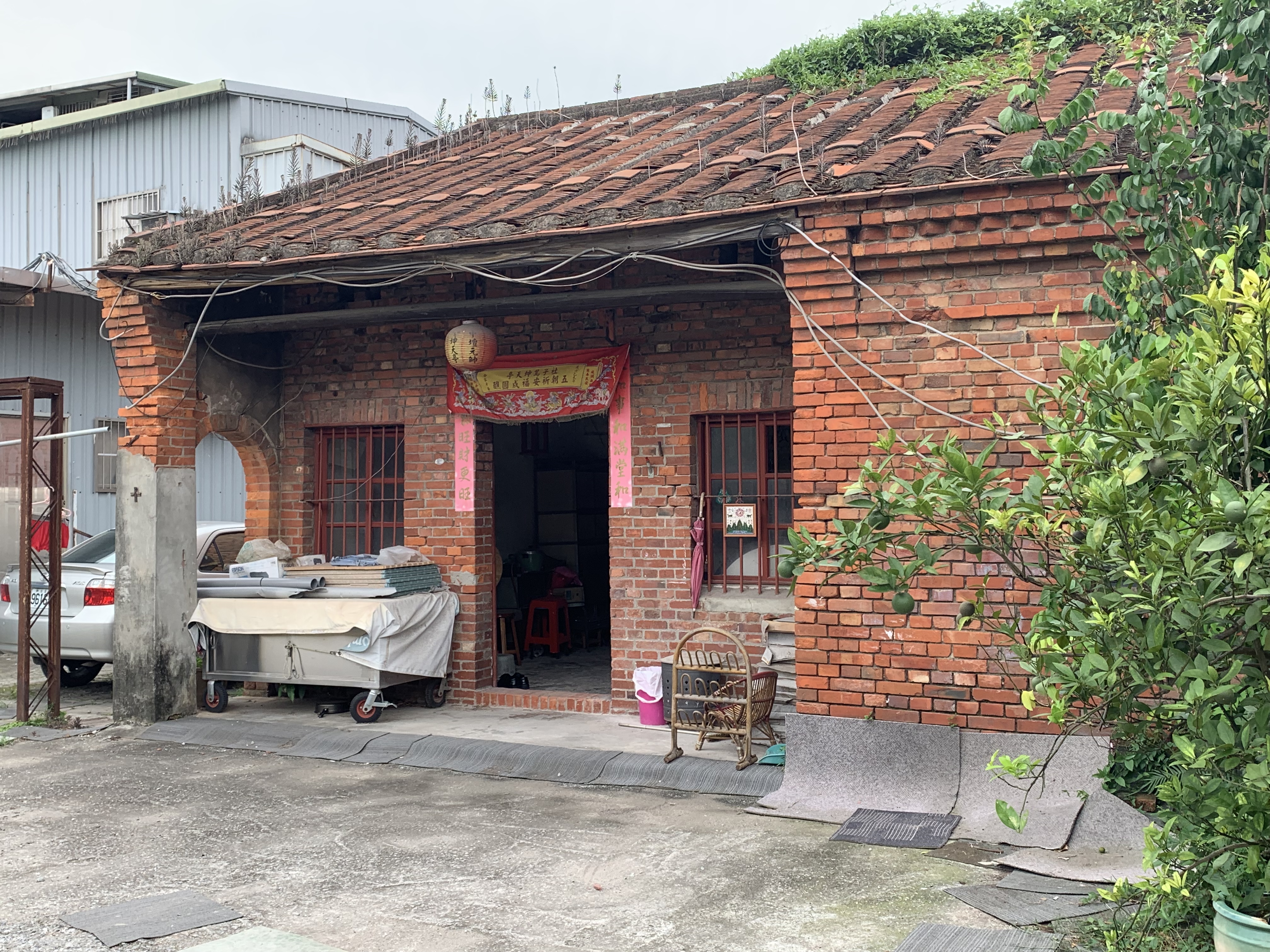

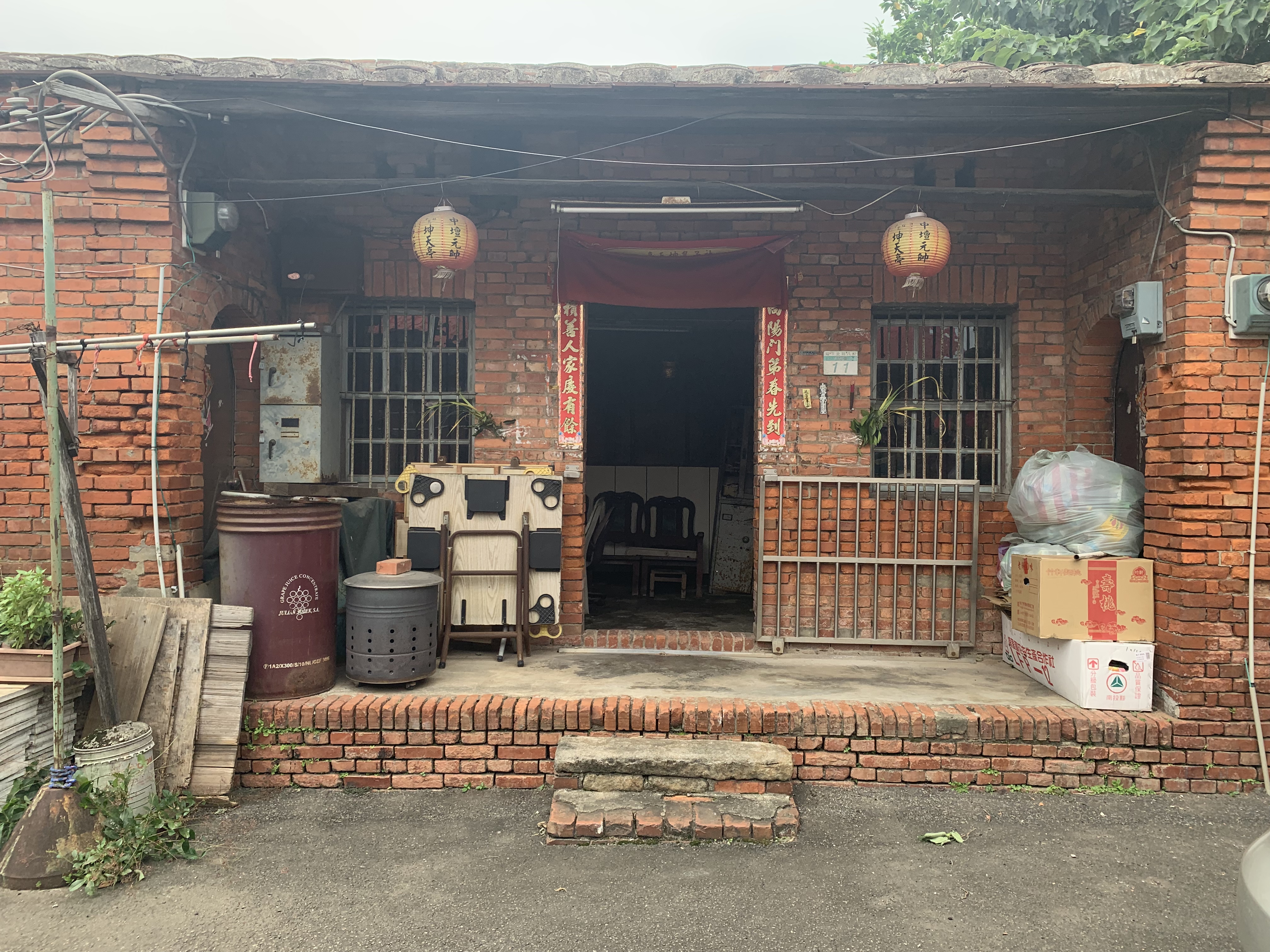
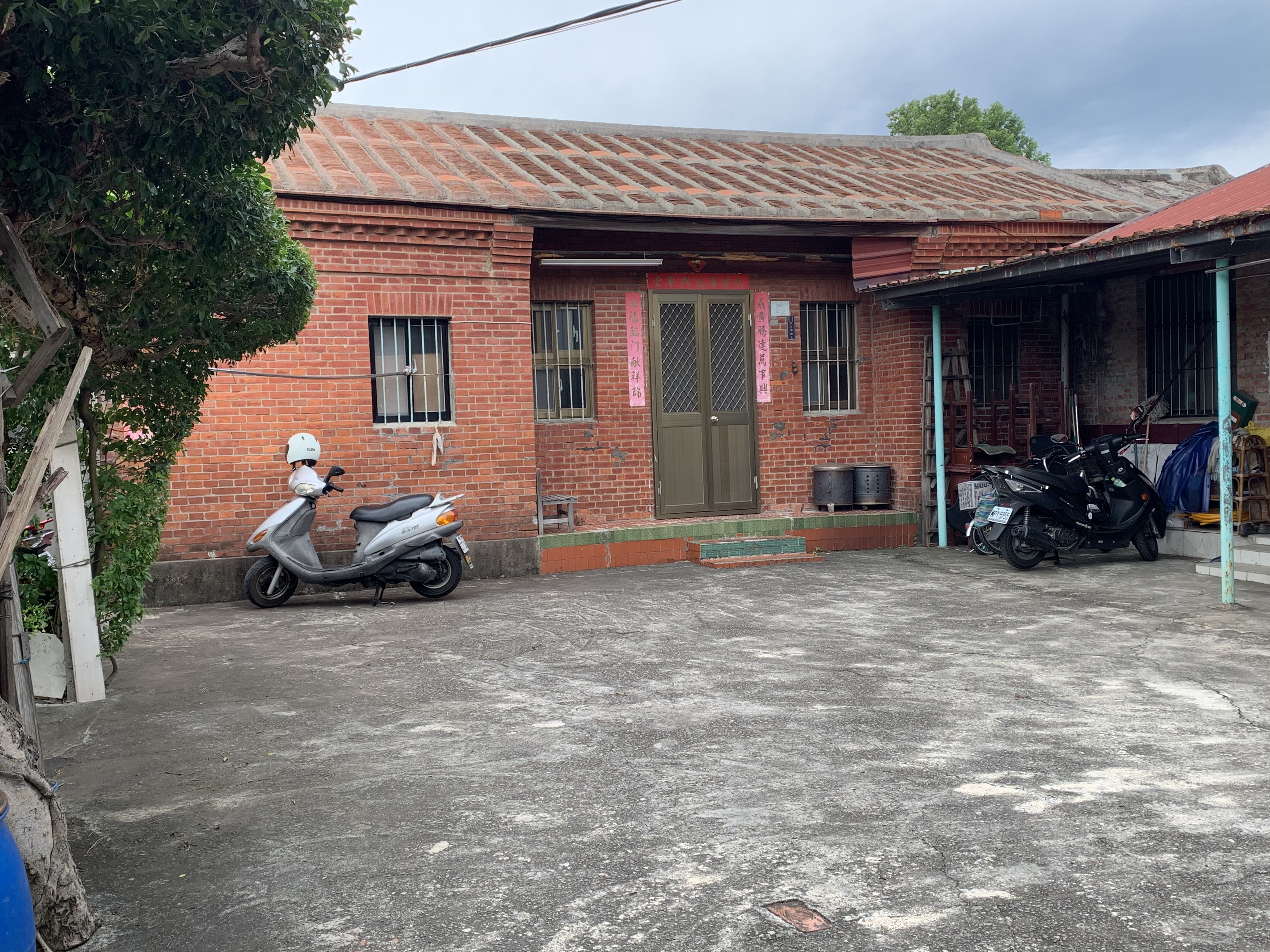

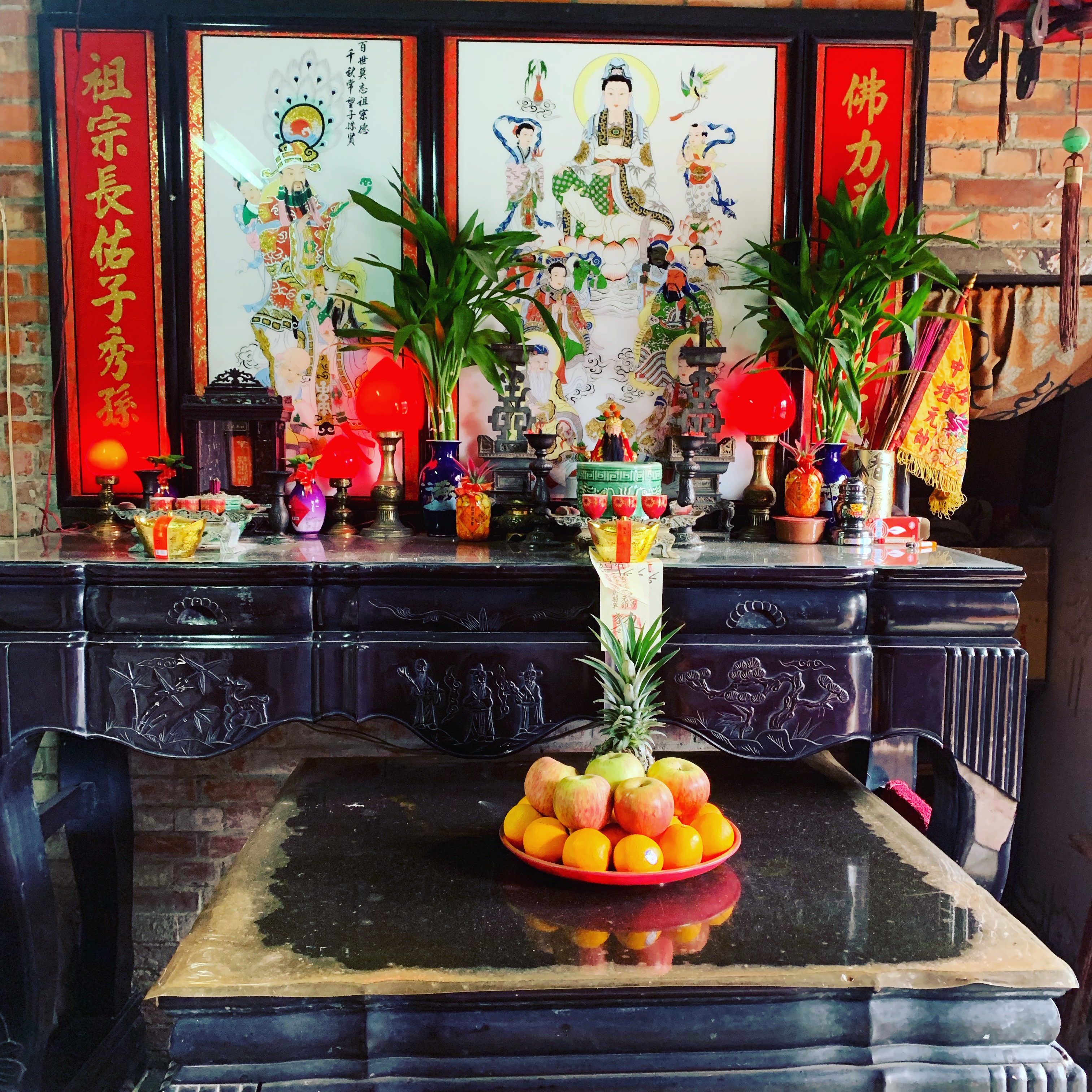
A longish walk from the biggest concentration of historic buildings will take you to Lili Koko Coffee (延平北路八段2巷200弄101號 -- #101 Yanping North Road Section 8 Lane 2 Alley 200) which is along the northern section of the bike path near the Shezi Wetlands, and therefore popular with cyclists. It has big windows and a nice view as well as decent coffee and light food.
This isn't the only cafe one can find on Shezi, however. There's another one right at the tip of the peninsula with equally great views. It's not walkable from the old houses, so you'll need to get back on the bus on Yanping Road and take it all the way to the end (the last stop is Fuzhou Village 富洲里) and walk the last minute or so.
Up here you'll find An Coast Cafe, which also has coffee and light food, and panoramic windows with a view of Guandu. The park at the very end is a short walk from here, and is worth a quick stop. If the wind is blowing just right you'll even catch something like an ocean breeze coming off the Danshui River, as it meets the coast not far from here.
Also up here is an interesting (though somewhat overpriced) antique shop called 56 Deco, but they keep very limited hours. Of course, it's pricey because it's not really meant as a browsing space for the general public (though you can go there and look around), but more like a design studio for people looking to outfit their commercial space in a funky antique style.
There's also a fun rechao 熱炒 spot up here called Shezi Island Head Riverside Gourmet (my translation for 社子島頭河岸美食). I haven't eaten there yet but after dark it looks like that's where the party's at.
All of this is enough to make Shezi a worthwhile day trip in Taipei. I haven't yet managed to see everything I want to on the peninsula, however. I've only stopped by the old houses near the Li Hexing mansion, but not the ones that are further away. There is a clutch of secondhand 'junk shops' further south on Shezhong Street (社中街) that I've found by perusing Google Maps but haven't visited yet (they're difficult to get to by public transit). I love junk shops so I'll have to go someday.
All in all, whether you want coffee with nice views, a visit to some lesser-known historic houses or to trawl secondhand stores and junk shops, Shezi isn't a dead end, and it contains far more than just its scenic bike path.
Anyway, I mentioned funny business signs, so here you go!
